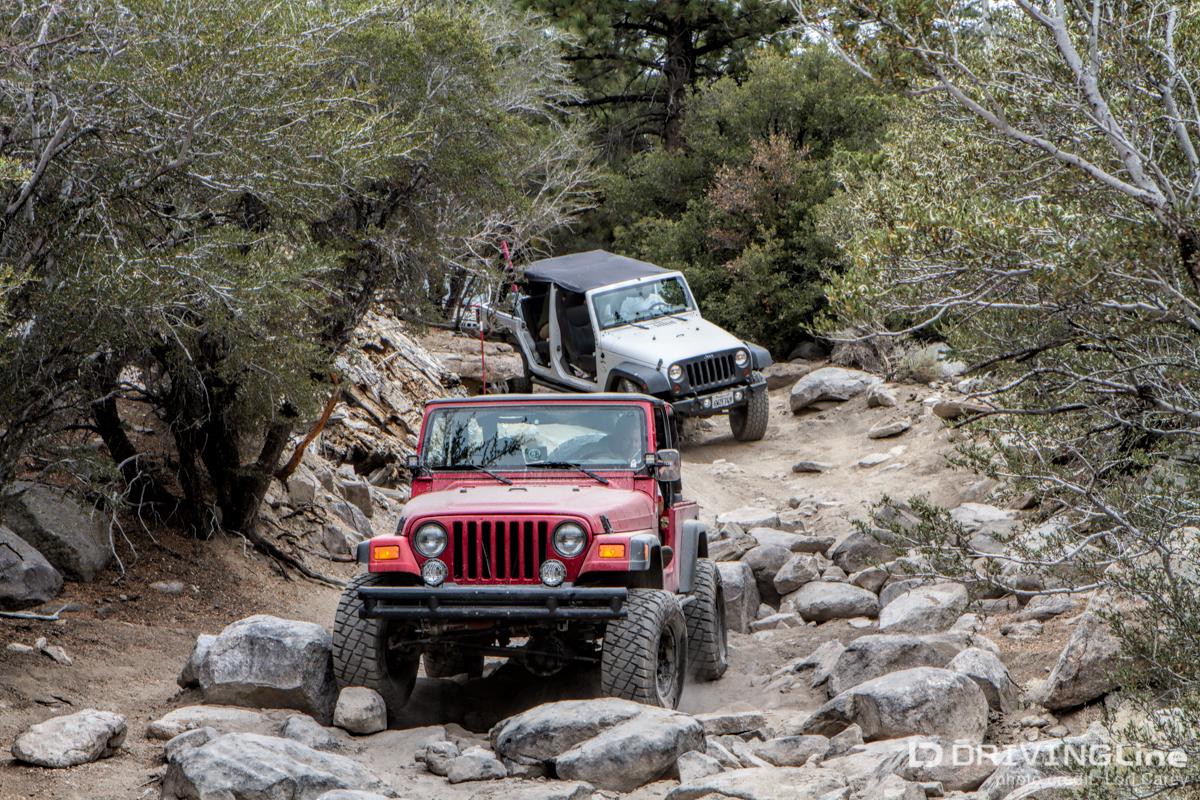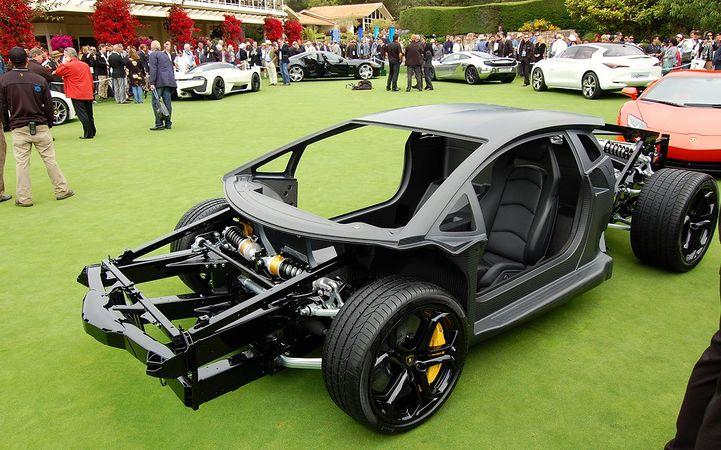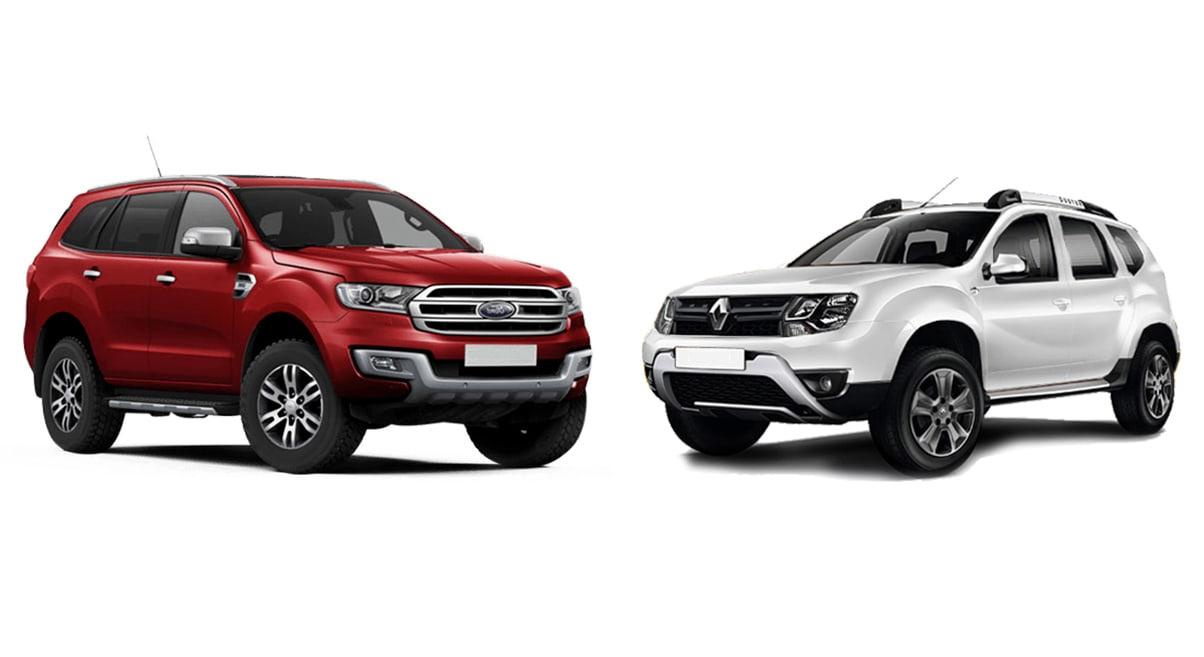The unibody construction seems to have an uptick in popularity in the last 10 years or so. Several crowd-pleasers midsize SUVs have embraced it. In fact, except for Toyota 4Runner and Jeep Wrangler, you won’t find the body on frame construction. It is now left for pickup trucks and those large SUVs that still use that truck platform. Are there any differences between the body on frame vs unibody constructions? Does one platform have an edge over the other in any unique way?
Contents
The Body on Frame vs Unibody Construction: The Definitions
To find out the differences, you must know their definitions. But remember that both are popular methods. Since the invention of automobiles, these two construction types have ruled the car manufacturing scenario in the United States.
The body on frame construction is the traditional approach of assembling a vehicle. It involves mounting the body of the vehicle on an underlying frame, which is actually the chassis accommodating the powertrain. During a pickup assembly, the bed goes on top of the frame separately. This is so discernible that you can detect the separate bed just by looking at the side of a truck.
Also known as a monocoque, a unibody construction means the manufacturing of a vehicle’s body and frame as a single piece. However, despite considering them as a single unit, the unibody structure is made of separate pieces. For instance, a Cadillac CT6 uses a unibody framework that features the welding together of 13 different materials. The use of structural adhesive to seal a few points is not uncommon too.
Key Differences between Body on Frame vs Unibody Construction
You know that unibody construction is all the rage these days. But the body on frame structure is not going to extinct despite the dwindling popularity. Here are some key differences between these two framework types to help you understand why both of them will continue having vocal fans.
Road Performance
Considering off-road performance, the body on frame structure is definitely better than its competitor. Due to its higher mounted position on the vehicles, the frame handles twisting forces better and is more resistant to outside elements like gravels, mud, snow, and dirt. This higher elevation also protects these vehicles from touching the water on the road, the number one cause of catching rust.

However, the same features that make the body on frame vehicles better on off-road tracks make them a rough ride on paved roads. Besides, their handling and traction are not something to boast of. Unibody vehicles are better for city streets and highways because their low center of gravity helps with a better road grip and a smoother ride.
Hauling and Towing Capacity
Again, the body on frame vehicles are better at these jobs. Their withstanding ability is better because of having a robust, strong platform and a greater tolerance for torsional flexing.
The twisting force handling ability of unibody vehicles is poor. For this reason, they are not the best option to drive on off-road tracks. And this also affects their hauling and towing capacity.
SEE MORE
Production and Repair Costs
Comparing the body on frame vs unibody structures, the former again seems to be a better option in this regard.
The body on frame vehicles are relatively inexpensive to manufacture and repair. As the framework consists of separate pieces, you can replace just the damaged part instead of changing the whole unit. On the other hand, unibody cars are costlier to repair since a replacement means changing the entire shell.
However, the production of unibody frames is easier due to the availability of computer-run design software. Despite the making of the frame requiring several parts to be attached and welded, the computerized manufacturing process makes the production quicker and error-free.
Another plus point is the availability of the frames. Since unibody vehicles are more popular, you can easily find the framework and the mechanics too to do repair work.
Fuel Economy
Unibody vehicles are lighter than the body on frame units. Also, their low center of gravity makes it easier to drive on the pavement. These two things considerably contribute to a better fuel economy.
The heavier structure of the body on frame vehicles, their higher ground clearance, and high center of gravity don’t help with fuel efficiency.

Safety
A lack of crumple zones makes the body on frame vehicles significantly less safe than their rival. More crumple zones mean that more areas will absorb the impact during a bump or crash, taking the heat off of the passengers. Unibody vehicles incorporate crush zones and other special features to protect the cabin from the crash impacts. In fact, your survival rate during accidents is higher if you are in a unibody instead of a body on frame vehicle.



